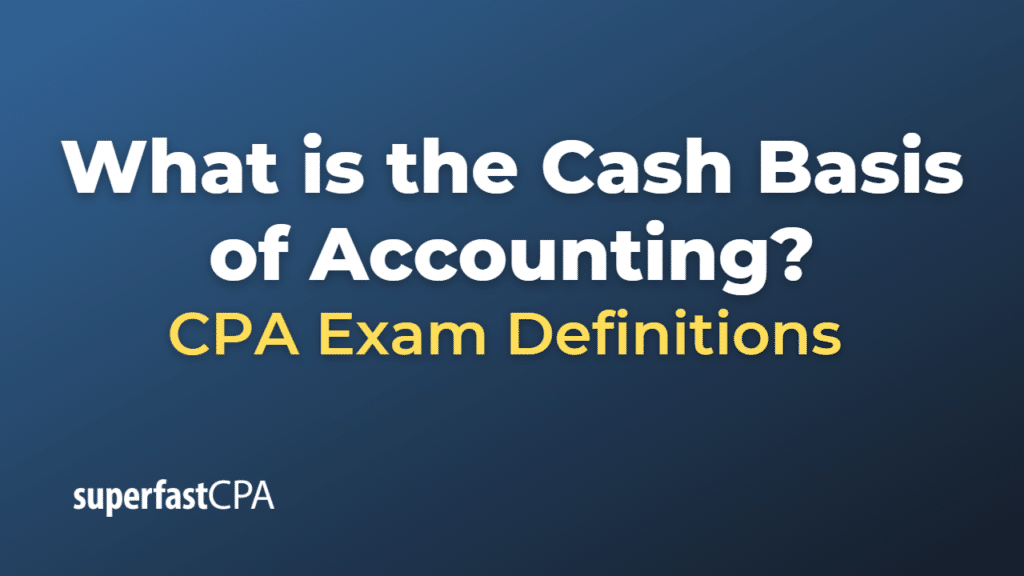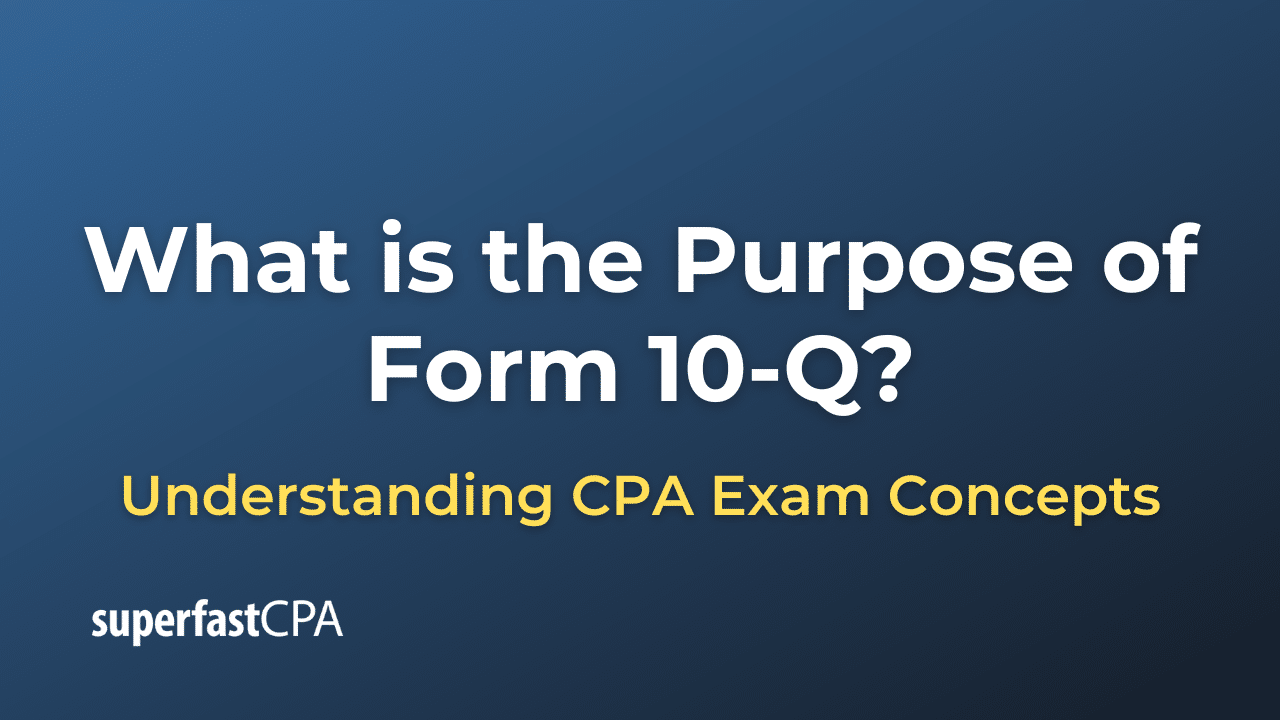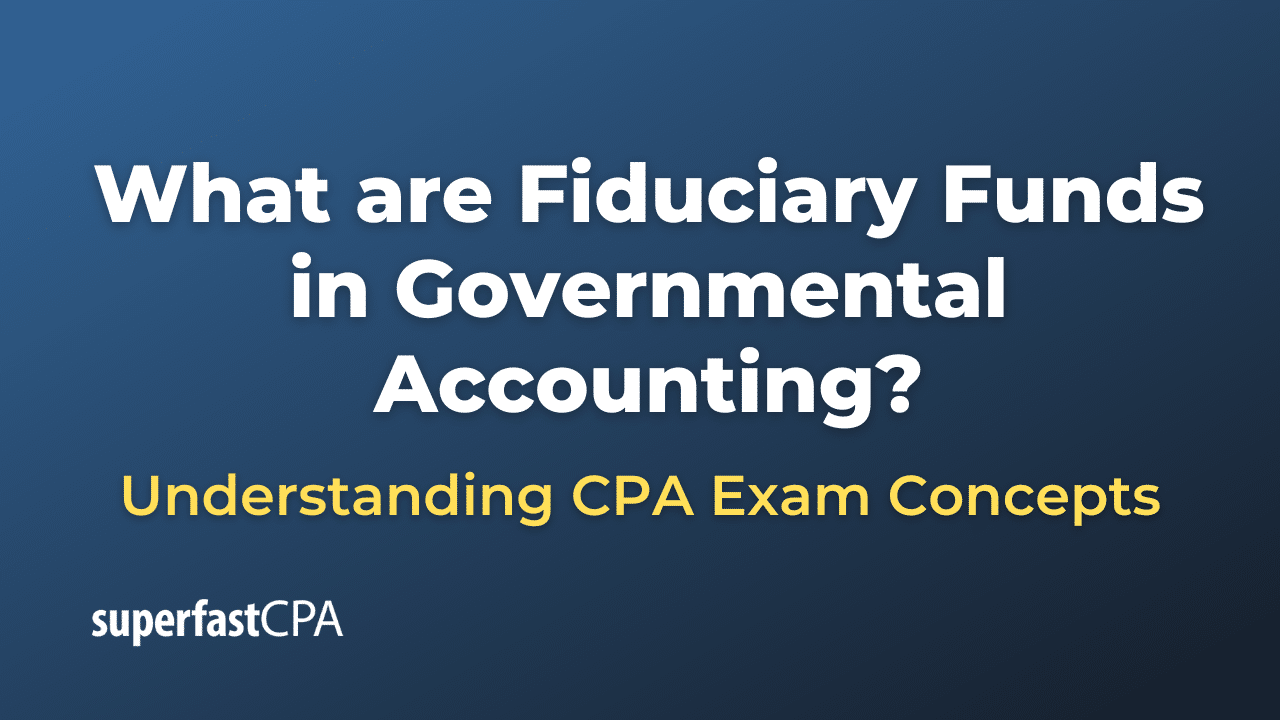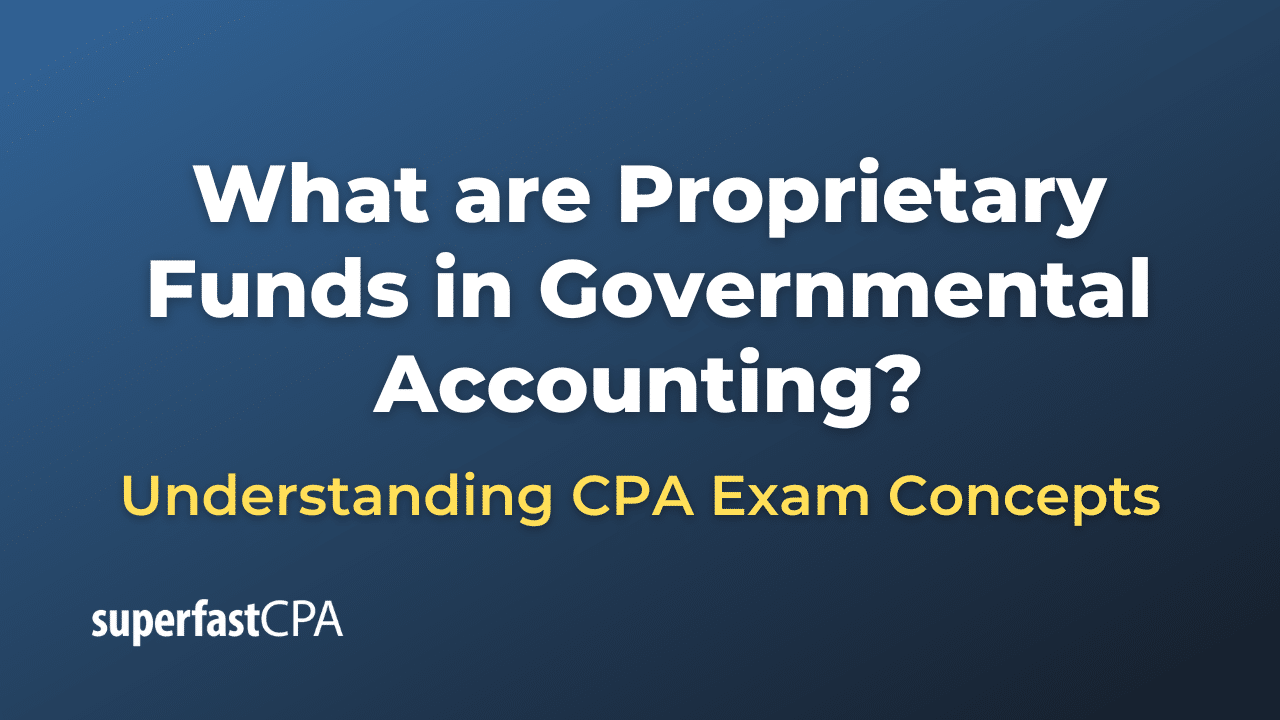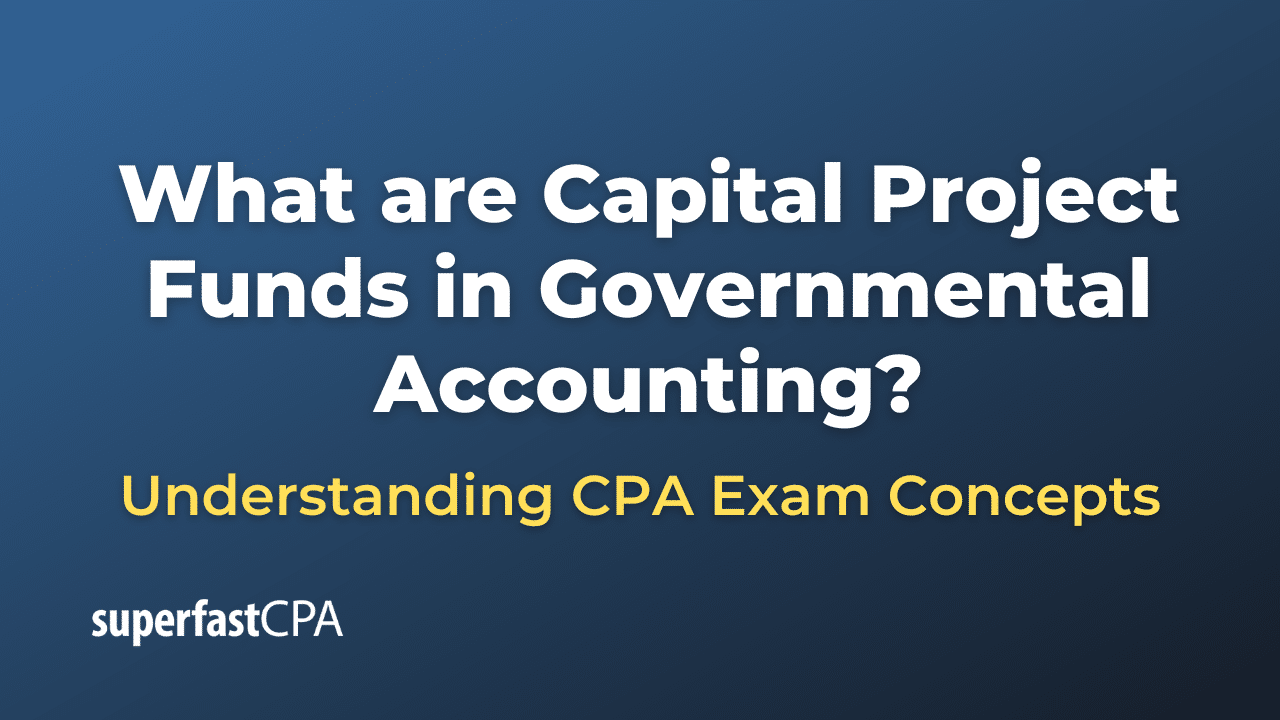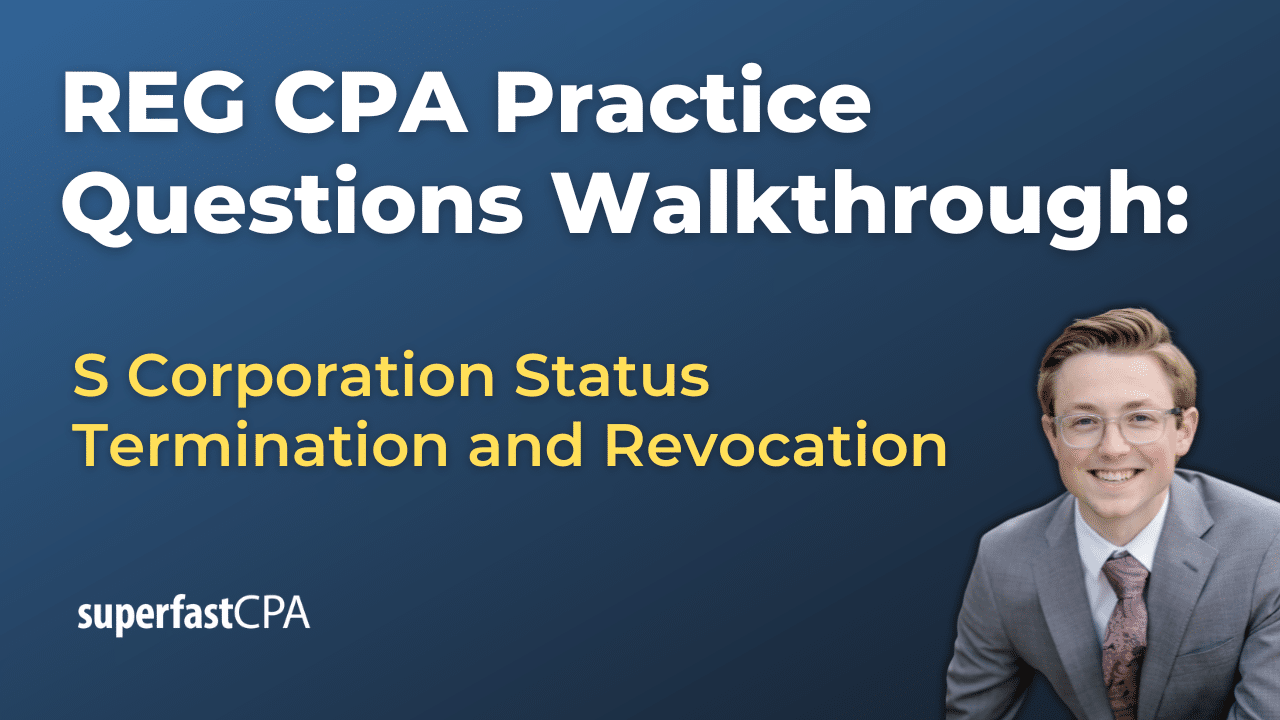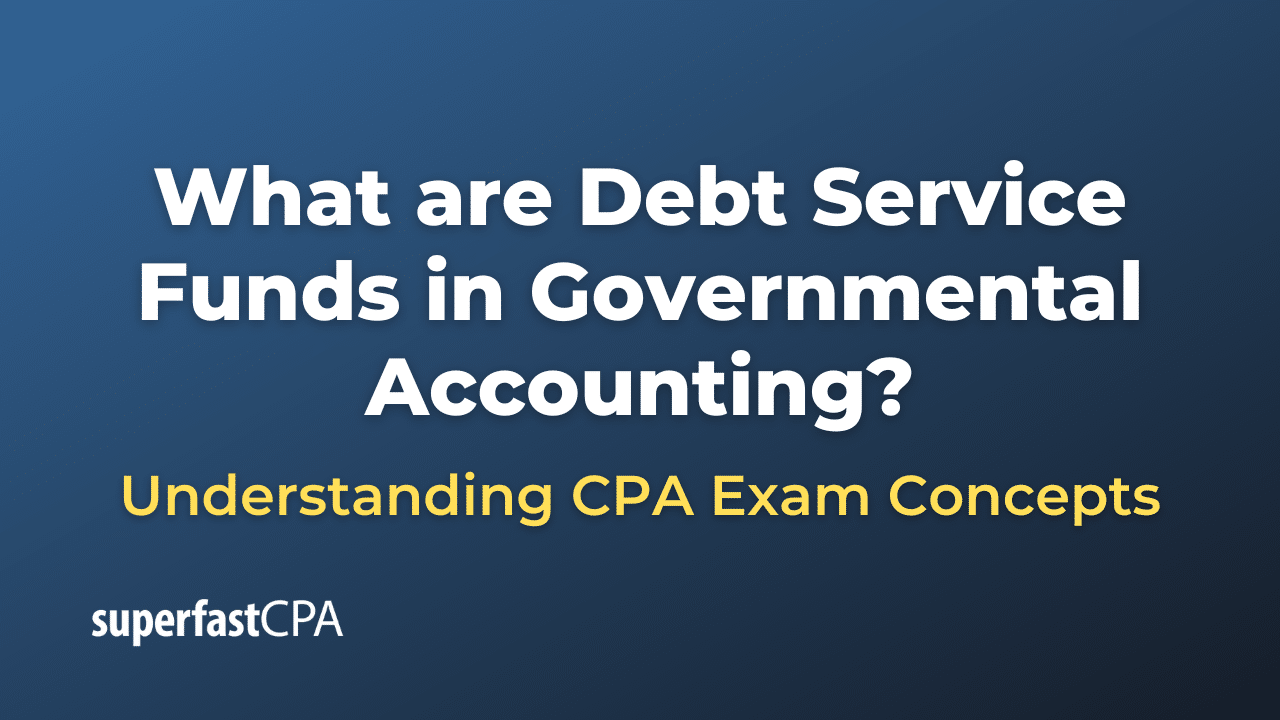Cash Basis of Accounting
The cash basis of accounting is a method of recording financial transactions in which revenues are recognized when cash is received, and expenses are recognized when cash is paid out. This approach focuses on the actual flow of cash in and out of a business, without considering the timing of when revenues were earned or when expenses were incurred.
Key features of the cash basis of accounting include:
- Simplicity: The cash basis of accounting is generally simpler than the accrual basis, making it easier for small businesses, sole proprietorships, or individuals to manage their financial records.
- Cash flow focus: Since it only records transactions involving cash exchanges, the cash basis of accounting provides a clear picture of a company’s cash flow, which can be helpful in managing short-term liquidity needs.
- No accounts receivable or payable: Under the cash basis of accounting, there are no accounts receivable (amounts owed by customers) or accounts payable (amounts owed to suppliers), as these items represent transactions that have not yet resulted in cash exchanges.
However, the cash basis of accounting has several limitations:
- Incomplete financial picture: Since it only records cash transactions, the cash basis of accounting may not provide a comprehensive view of a company’s financial health, as it does not consider the timing of revenue recognition or expense incurrence.
- Not suitable for larger businesses: Larger businesses and those required to follow Generally Accepted Accounting Principles (GAAP) or International Financial Reporting Standards (IFRS) generally use the accrual basis of accounting, which provides a more accurate representation of a company’s financial position over time.
- Inconsistent revenue and expense matching: The cash basis of accounting can result in inconsistent matching of revenues and expenses within the same reporting period, making it difficult to accurately assess a company’s profitability and performance.
While the cash basis of accounting has its advantages in terms of simplicity and ease of use, it may not be suitable for all businesses or situations. The accrual basis of accounting, which recognizes revenues and expenses when they are earned or incurred, is generally considered to provide a more accurate and complete picture of a company’s financial position and performance.
Example of the Cash Basis of Accounting
Let’s use a small freelance graphic design business as an example to illustrate the cash basis of accounting. Suppose the business has the following transactions during a month:
- The designer completes a project for a client and sends an invoice for $2,000 on January 20th. The client pays the invoice on February 5th.
- The designer purchases a new laptop for $1,000 on January 25th and pays for it immediately.
- The designer receives a utility bill for $100 on January 30th, but decides to pay it on February 10th.
Under the cash basis of accounting, the transactions would be recorded as follows:
- Revenue: Since the cash basis recognizes revenues when cash is received, the $2,000 payment from the client would be recorded as revenue on February 5th, not on January 20th when the invoice was sent.
- Expense (Laptop): The designer paid for the laptop immediately, so the $1,000 expense would be recorded on January 25th.
- Expense (Utility bill): The cash basis recognizes expenses when cash is paid out. Therefore, the $100 utility bill would be recorded as an expense on February 10th, not on January 30th when the bill was received.
In this example, the cash basis of accounting only records transactions when cash is exchanged. This method is simple and focuses on the actual cash flow, but it does not provide a complete picture of the business’s financial health, as it doesn’t account for outstanding invoices or unpaid bills within the reporting period. The accrual basis of accounting, which recognizes revenues and expenses when they are earned or incurred, would provide a more accurate representation of the business’s financial performance during the reporting period.

